Gallery: Vampire squid from hell
Vampire of the Deep
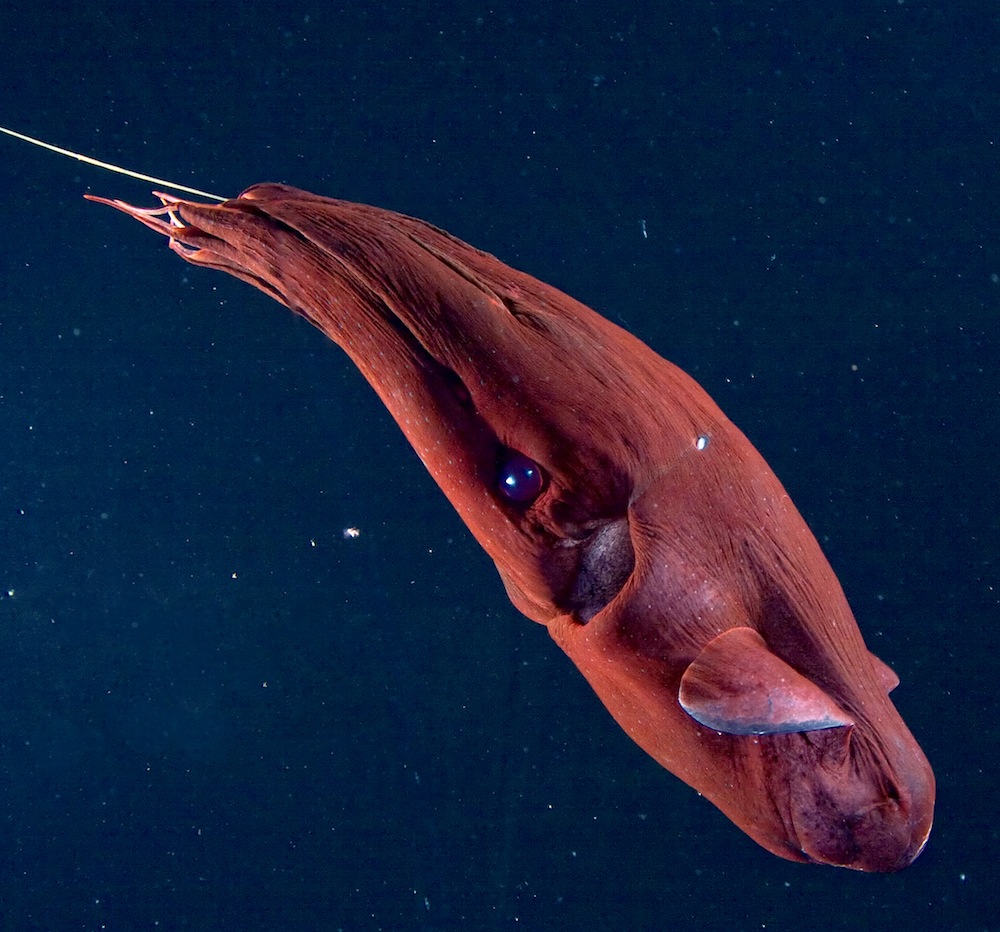
Vampyroteuthis infernalis, literally "vampire squid from hell," is a mysterious deep-sea species. Research published in September 2012 in the journal Proceedings of the Royal Society B reveals that these strange animals "fish" for ocean detritus using a long filament appendage, seen here in white.
The Vampire's Mouth
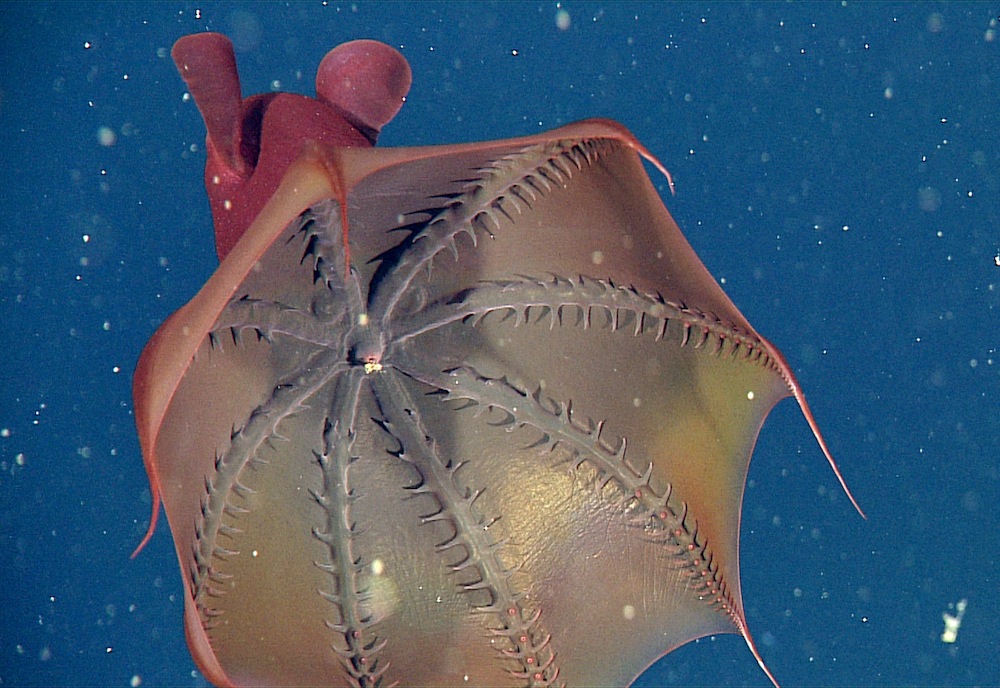
Vampire squid get their name from their cloak-like webbed arms. The squid's mouth is at the center of its arm web. Finger-like projections on the arms may help the animal move food to its mouth.
Feeding Vampire Squid
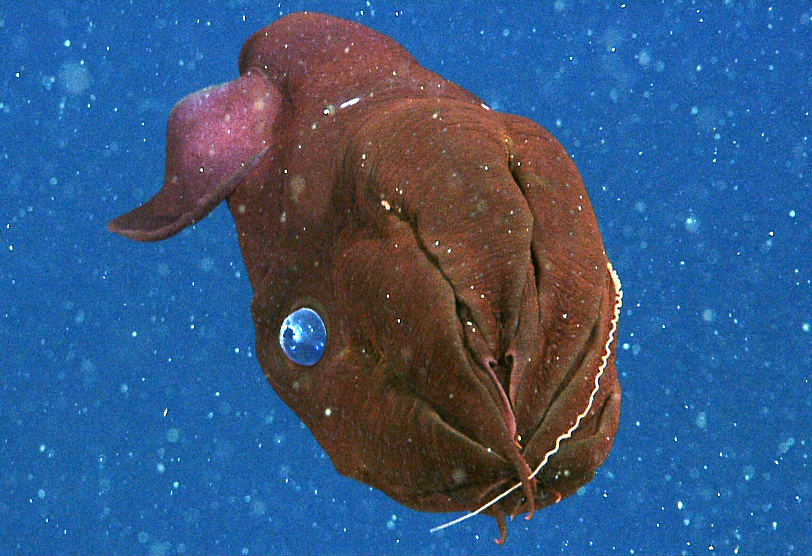
This close-up view shows a vampire squid using its arms to scrape food off of one of its filaments.
Vampire Squid
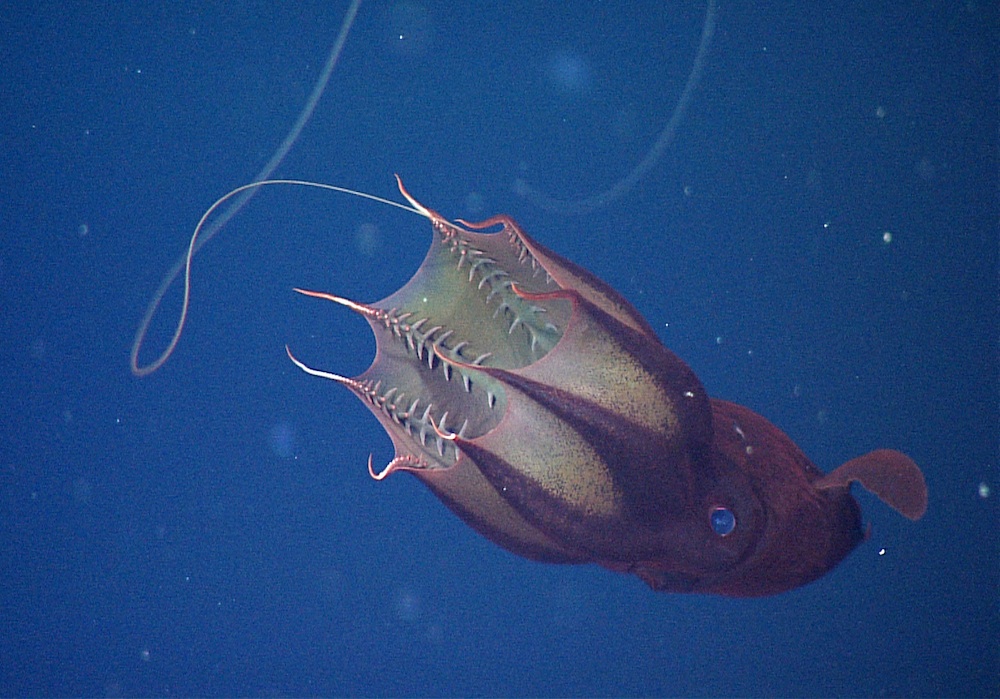
This frame grab from an underwater video shows a vampire squid in a typical feeding position, drifting horizontally in the deep sea with one of its filaments extended.
Vampire Squid Filament
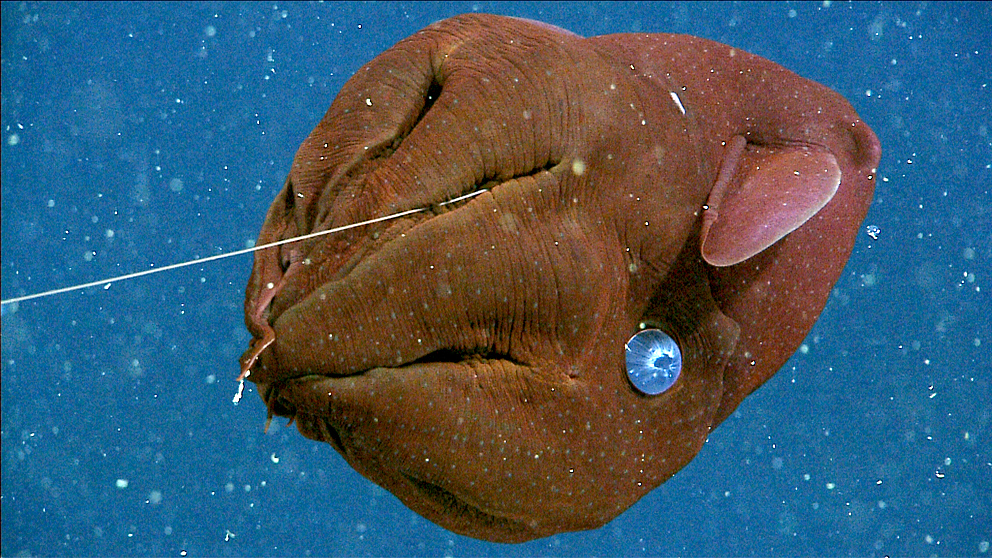
Vampire squid have two filaments, but normally only extend one. This passive scavenging strategy allows the squid to survive in low-oxygen areas of the ocean without expending much energy. Researchers from the Monterey Bay Aquarium Research Institute observed this feeding behavior in the wild and in captive squid.
Vampire Squid
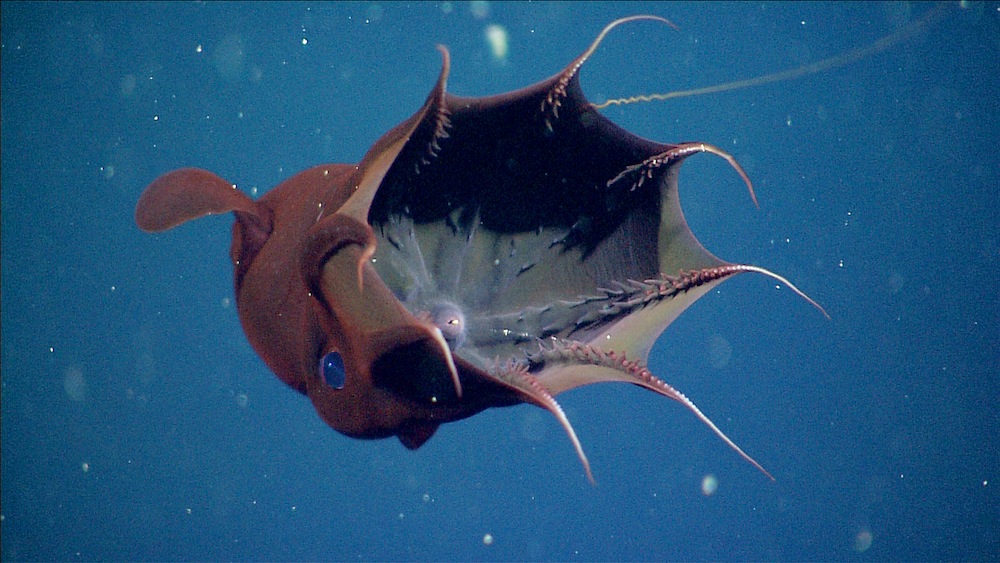
The vampire squid's filament allows it to collect "marine snow," or floating debris. Squid end up chowing down on a mix of dead crustacean bits, larvae and fecal matter.
Vampire Squid
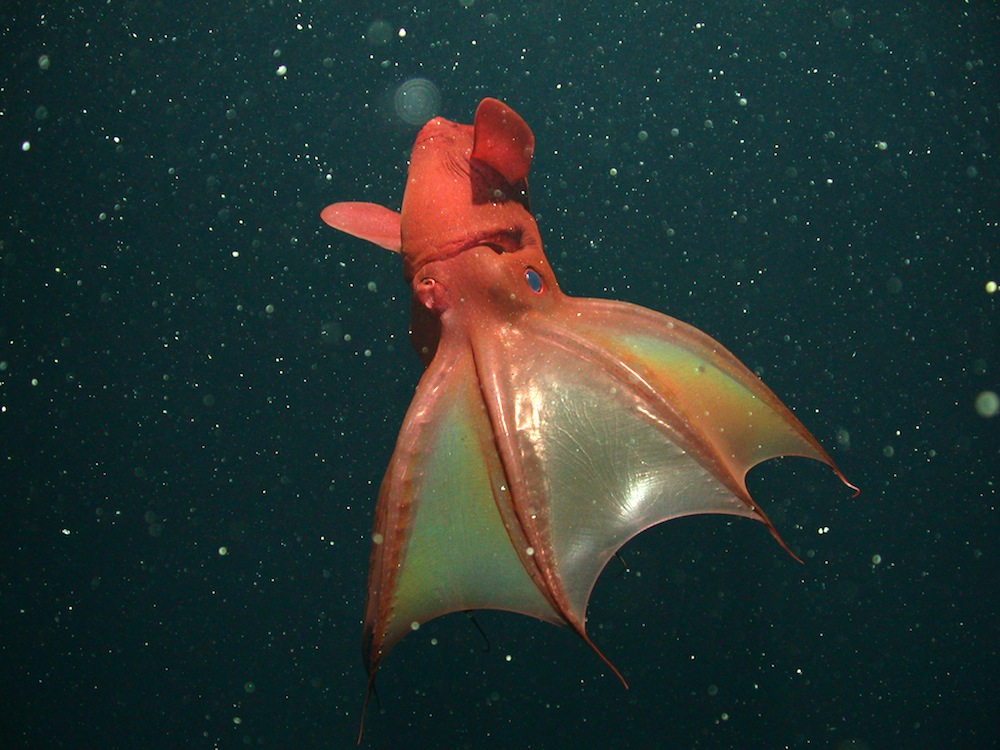
According to study researcher Henk-Jan Hoving, the vampire squid is the first known cephalopod not to hunt live prey.
Sign up for the Live Science daily newsletter now
Get the world’s most fascinating discoveries delivered straight to your inbox.

Stephanie Pappas is a contributing writer for Live Science, covering topics ranging from geoscience to archaeology to the human brain and behavior. She was previously a senior writer for Live Science but is now a freelancer based in Denver, Colorado, and regularly contributes to Scientific American and The Monitor, the monthly magazine of the American Psychological Association. Stephanie received a bachelor's degree in psychology from the University of South Carolina and a graduate certificate in science communication from the University of California, Santa Cruz.









